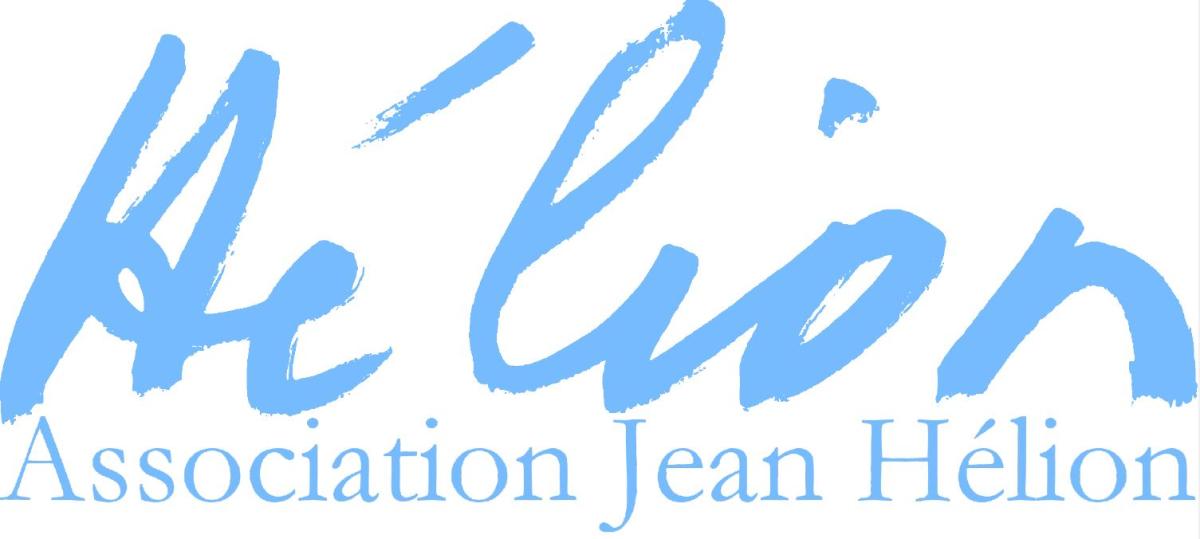Jean HélionThe Prose of the World
From to
The Musée d’Art Moderne de Paris is presenting a retrospective of the painter and intellectual Jean Hélion (1904–1987), whose oeuvre spans the whole of the 20th century. Hélion was one of the pioneers of abstraction, which he brought to America in the 1930s before moving on to a personal form of figuration just prior to the Second World War.
He returned to France after the War and was hailed in the 1960s by the new generation of Narrative Figuration painters, among them Gilles Aillaud and Eduardo Arroyo. His career was marked by numerous exhibitions in French and international galleries and museums, including MAM in 1977 and 1984–85, with the most recent retrospective held at the Centre Pompidou in 2004. Despite its sweep and its singularity, his oeuvre remains little known.
Chronologically presented, The Prose of the World brings together over 150 rarely shown works – 103 paintings, 50 drawings, notebooks and a mass of documentary material – from major French and international museums and many private collections.
Born in Normandy in 1904, Hélion initially opted for architectural studies in Paris. After a brief spell as a painter in Montmartre in 1929, he joined Théo van Doesburg and Piet Mondrian in a move towards geometric abstraction. A member of the Art Concret group, he also helped found the Abstraction-Création collective, home to the leading abstractionists of the interwar period. A friend of Calder, Arp and Giacometti, he was also close to Max Ernst, Marcel Duchamp and Victor Brauner.
In 1929 he began his series of Notebooks, reflections on painting that he kept up until 1984. He was also close to the writers of his time: Francis Ponge, Raymond Queneau, René Char, André du Bouchet and others, who remained part of his artistic vocation.
In 1934 Hélion moved to the United States, where he became friends with Duchamp and one of the country's foremost abstractionists. A leading figure on the American art scene, he also served as an advisor to America's most eminent collectors.
Even so, in the mid-1930s the growing liveliness of his forms presaged a return to the human figure. And in 1939, just when abstraction was beginning to dominate the international scene, his intuition led him increasingly towards figuration and "the real".
Alerted to the fragility of things by the outbreak of the Second World War, he set about applying his abstract language to a reconstruction of the image, the result being everyday street scenes stripped of all sentimentality.
Calling a temporary halt to his career as a painter, Hélion joined the French army, but was taken prisoner in 1940. Initially published in 1943, They Shall Not Have Me, his account of his escape, was recently translated into French and became a best seller.
Back in France in 1946 and married to Pegeen Vail, Peggy Guggenheim's daughter, he struggled to find his place on the Paris scene, but came up with a new form of figuration via a range of styles and subjects: the nude (Nu renversé, 1946), the landscape (Le Grand Brabant, 1957), the still life (Nature morte à la citrouille, 1946 and Citrouillerie, 1952), allegory (À rebours,1947, Jugement dernier des choses, 1978–79), history painting (Choses vues en mai, 1969) and studio views (L’atelier, 1953 recently acquired by MAM with the aid of the Amis du Musée d’Art Moderne and the Fonds du Patrimoine). Paris, street life and minglings of dream elements proved an inexhaustible source for his "prose of the world".
Late in life, with his sight failing, his work became a deliberate miscellany of the motifs that had always haunted him. His painting oscillated between derision and gravity (Le Peintre piétiné par son modèle, 1983) and between dreams and joyful dazzlement.
The exhibition catalogue has been edited by the curators, SophieKrebs and Henry Claude Cousseau, with a preface by Fabrice Hergott and contributions by Vincent Broqua, Pierre Brullé, Éric de Chassey,Céline Chicha-Castex, Oliver Koerner Von Gustorf, Brigitte Léal,Guitemie Maldonado, François-RenéMartin and Emmanuel Pernoud.
Curator : Sophie Krebs
Guest curator : Henry-Claude Cousseau
Assisted by Adélaïde Lacotte
The exhibition has been created with the backing of the Jean Hélion Association, the Bibliothèque Nationale de France and IMEC
The tactile audio tour of the Jean Hélion exhibition was made thanks to the sponsorship of the EssilorLuxottica group

Composition orthogonale, 1929-30
Oil on canvas
Collection Jean-Louis Bruguière
© Photo Jean-Louis Bruguière © ADAGP, Paris 2023

Défense d', 1943
Oil on canvas
Collection particulière, avec le concours de Malingue S.A
© Photo Florent Chevrot © ADAGP, Paris 2024
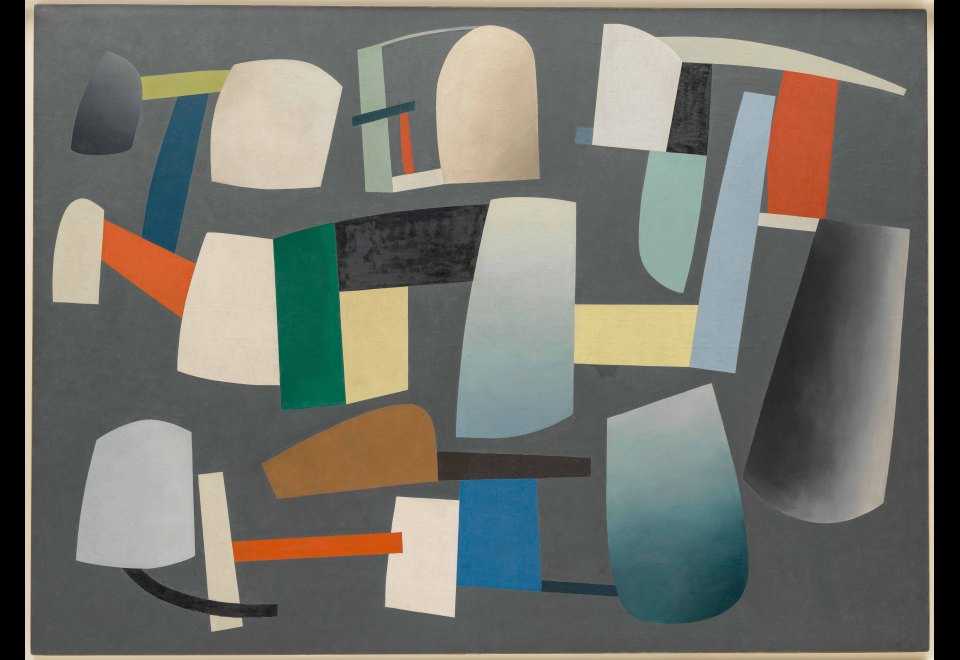
Composition, 1934
Oil on canvas
The Solomon R. Guggenheim Museum, New York
Photo © The Solomon R. Guggenheim Fondation / Art Resource, NY, Dist. RMN- Grand Palais © ADAGP, Paris 2024.

Figure bleue, 1935-36
Oil on canvas
Don Joseph Cantor Foundation, Indianapolis USA, en 1984 au Musée d'Art Moderne de Paris.
Photo © Paris Musées, musée d'Art moderne. © ADAGP, Paris 2024

Figure tombée, 1939
Oil on canvas
Centre Pompidou - Musée national d'art moderne, Centre de création industrielle, Paris.
Photo © Centre Pompidou, MNAM-CCI, Dist. RMN-Grand Palais / Georges Meguerditchian © ADAGP, Paris 2024

Edouard, 1939
Oil on canvas
Collection particulière Clovis Vail
© Photo Jean-Louis Losi © ADAGP, Paris 2024.
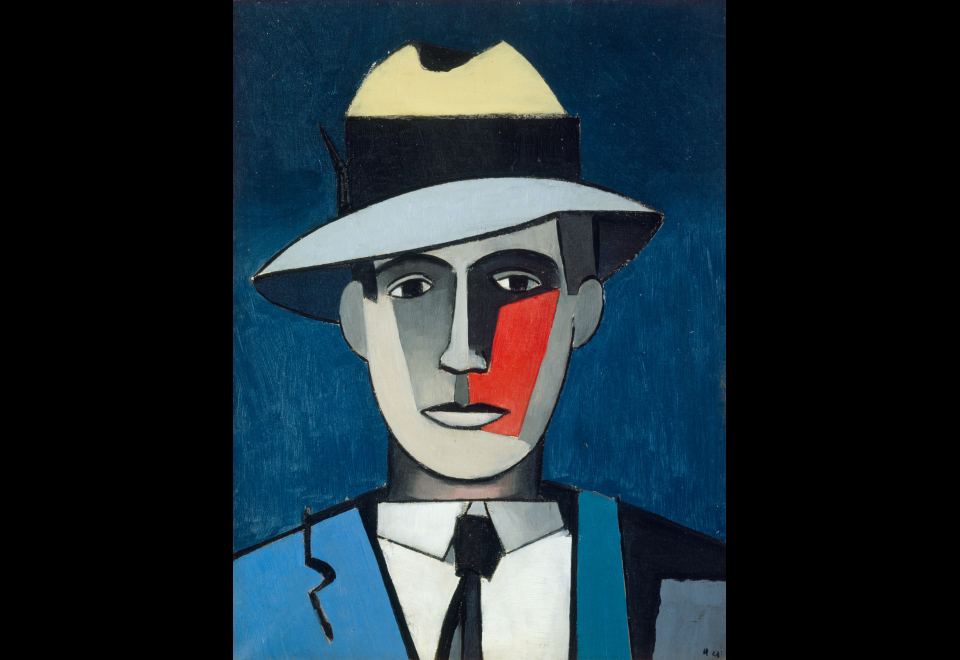
L'homme à la joue rouge, 1943
Oil on canvas
Collection particulière
© ADAGP, Paris, 2024

L'escalier, 1944
Oil on canvas
Galerie Applicat-Prazan, Paris
© ADAGP, Paris 2024
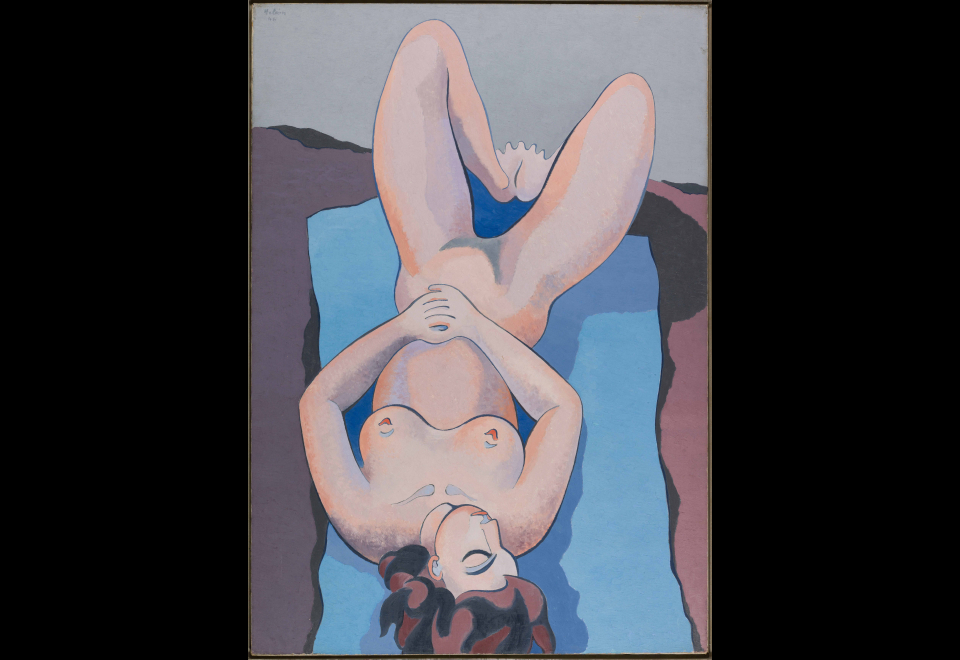
Nu renversé, 1946
Oil on canvas
Don Joseph Cantor Foundation, Indianapolis USA, en 1984 au Musée d'Art Moderne, Paris
Photo © Paris Musées, Musée d'Art Moderne. © ADAGP, Paris 2024

Nature morte à la citrouille, 1948
Oil on canvas
Musée des Beaux-Arts de Nantes
Photo © RMN-Grand Palais / Gérard Blot © ADAGP, Paris 2024

Grande mannequinerie, 1951
Oil on canvas
Musée d'Art Moderne de Paris
Photo © RMN-Grand Palais / Agence Bulloz © ADAGP, Paris 2024

Nature morte aux harengs, 1952
Oil on canvas
Collection particulière
Photo © Jean Dubout © ADAGP, Paris 2024
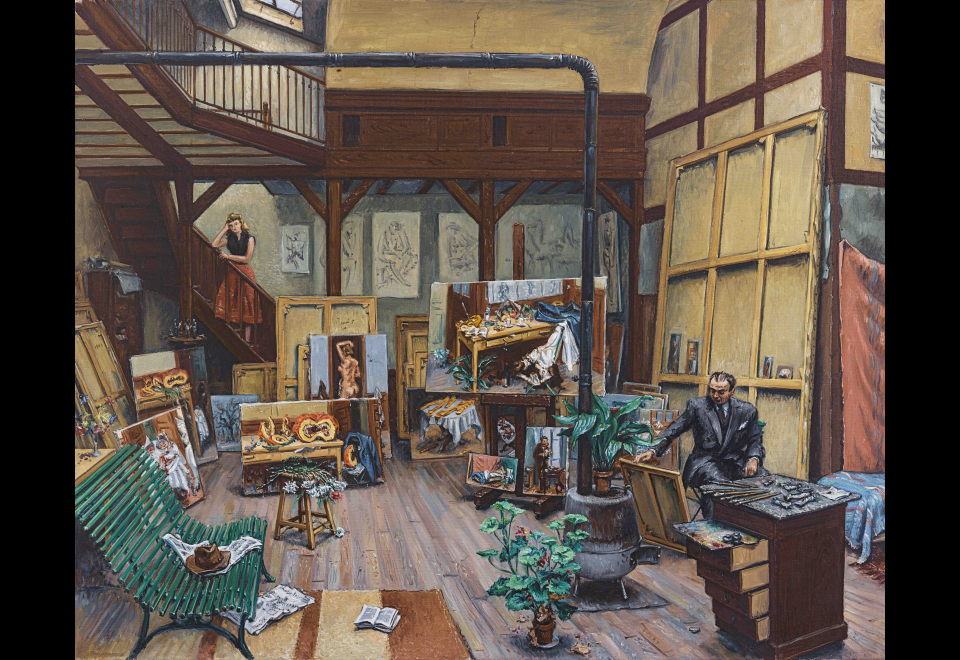
L'atelier, 1953
Oil on canvas
Achat réalisé avec le concours du Fonds du patrimoine – ministère de la Culture et la Sociétédes amis du Musée d’Art Moderne de Paris, 2023. Musée d’Art Moderne de Paris
Photo Courtesy Applicat-Prazan © ADAGP, Paris, 2024

La jeune fille et le mort, 1957
Oil on canvas
Collection particulière Clovis Vail
© Photo Jean-Louis Losi © ADAGP, Paris 2024
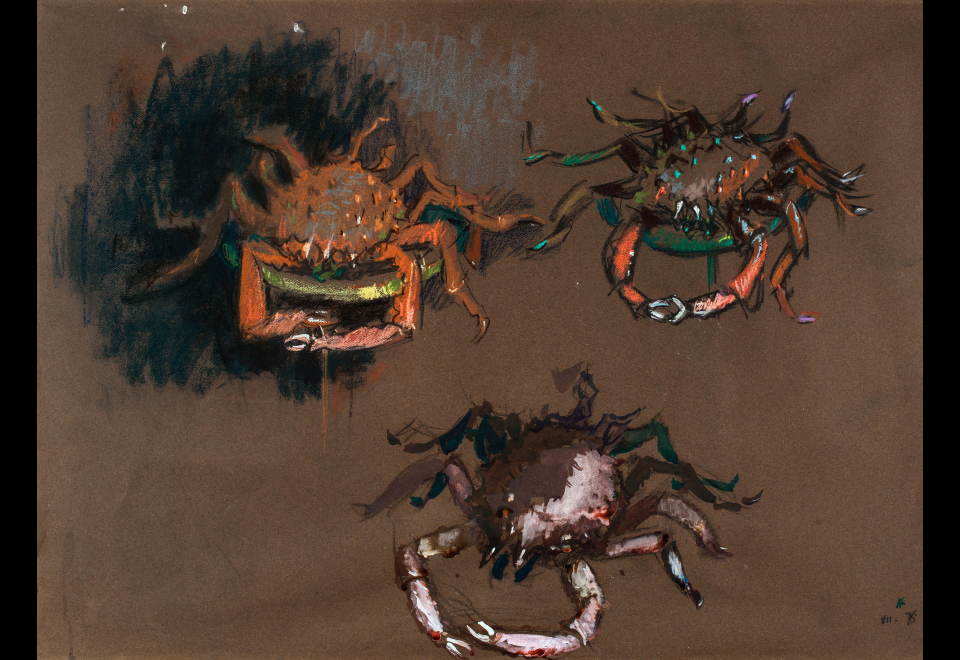
Trois araignées de mer « Sortie de p... », VII 76, 1976
Pastel sur papier brun
Musée d'Art Moderne, Paris
Photo © Paris Musées, musée d'Art moderne.© ADAGP, Paris 2024

Festival d'automne à l'atelier, 1980
Acrylic on canvas
Courtesy Galerie Alain Margaron, Paris
© Photo Pauline de Fontgalland © ADAGP, Paris 2024


